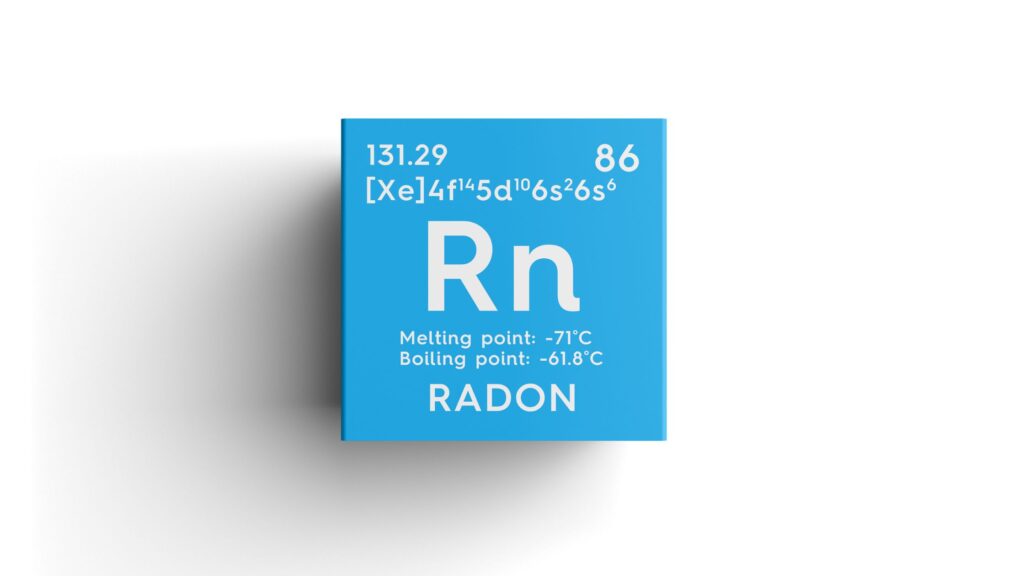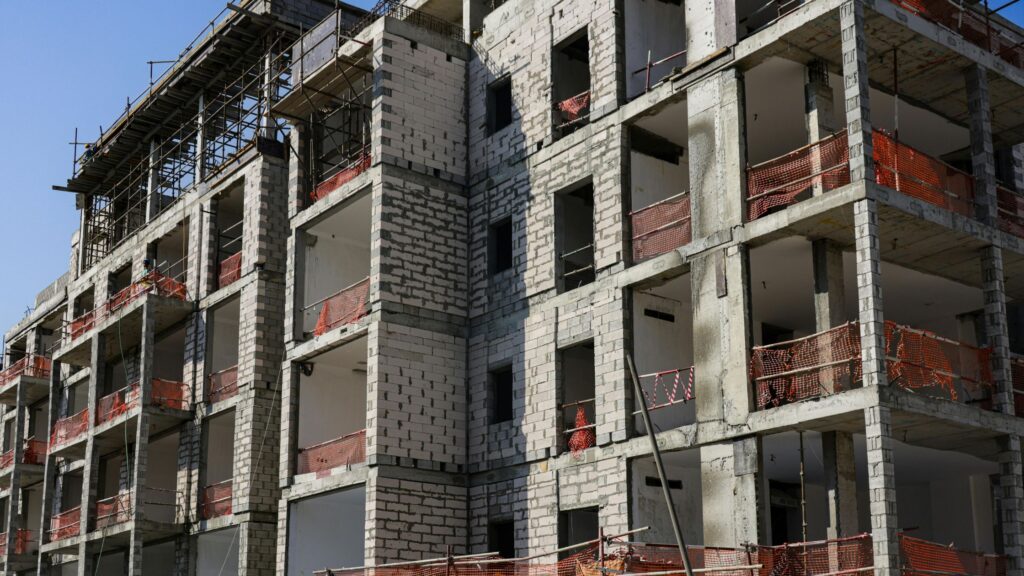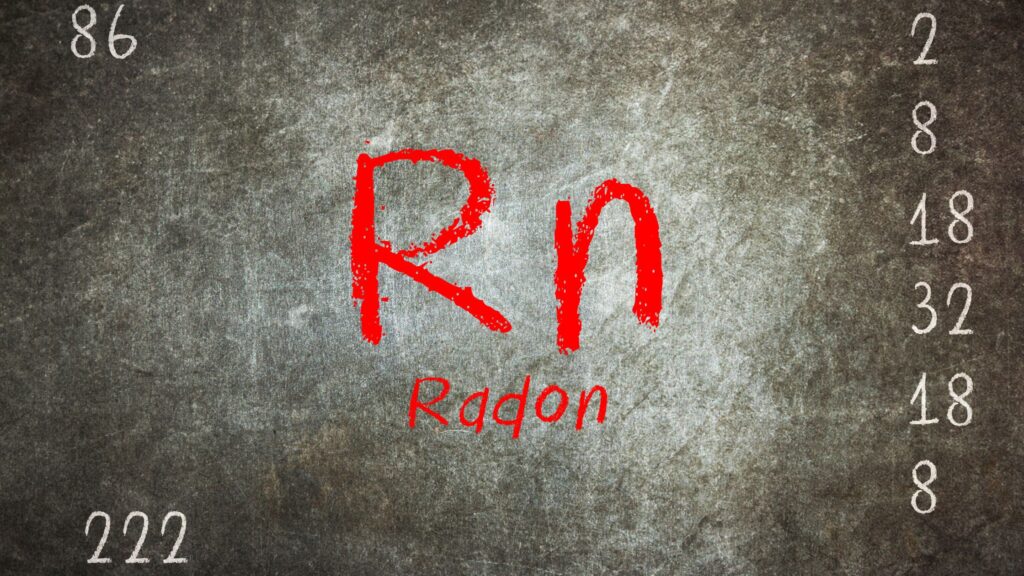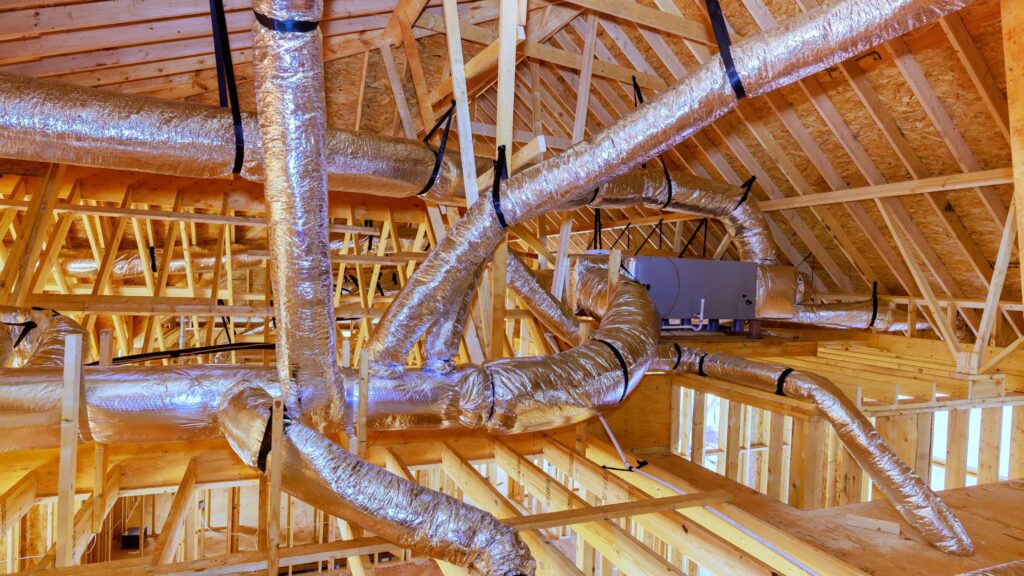Radon is a natural gas that has no color or smell, yet it can build up inside your home, especially in basements and crawl spaces. Long-term exposure to high levels of radon greatly increases the risk of lung cancer, which makes taking action essential. A radon pump system provides an effective and safe way to lower radon levels and protect your home’s air quality.
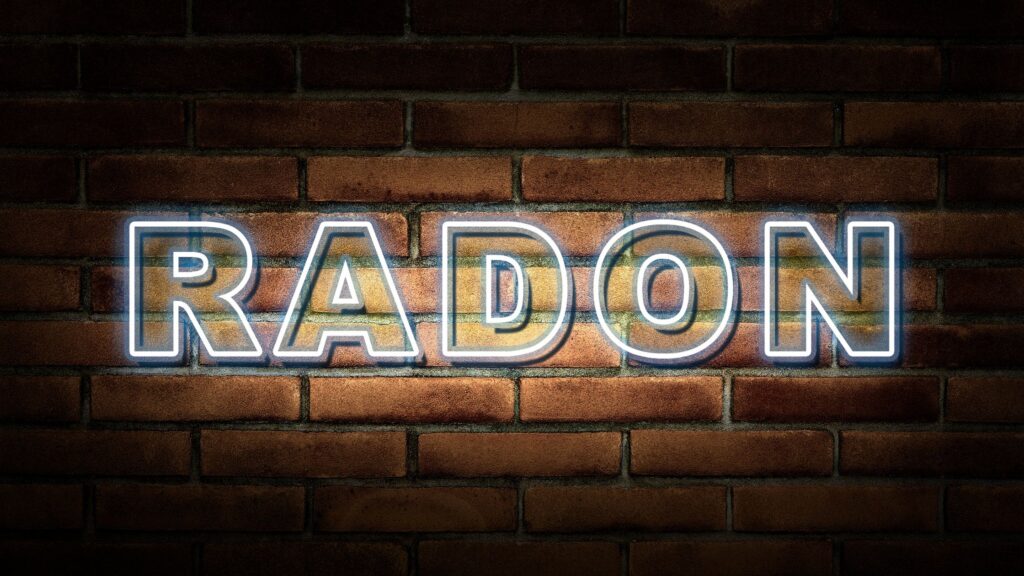
1. What Is a Radon Pump System?
A radon pump system is often part of a larger radon mitigation setup. It uses a fan and vent pipe to pull radon gas from beneath the foundation or crawl space and release it safely above the roof. By creating negative pressure under the slab or soil, the system stops radon from seeping into your living areas. It runs nonstop to keep radon levels low and to safeguard the health of everyone in the home. Learn more about Radon Removal Services Near You.
2. Why Install a Radon Pump System?
Many homeowners choose to install a radon pump system because it offers several important benefits:
- Health protection – It lowers radon levels in your home, which helps reduce the risk of lung cancer.
- Peace of mind – You can feel confident knowing the air your family breathes is safer.
- Regulatory compliance – In some regions, building codes or guidelines require homes to maintain safe radon levels.
- Higher property value – Houses with a proven radon mitigation system are more attractive to potential buyers.
- Better indoor air quality – It prevents radon from building up, keeping your living environment cleaner and healthier.
3. Components of a Radon Pump System
For a radon pump system to work effectively, it relies on several key components:
- Fan (Radon Pump) – This is the heart of the system, pulling radon gas out from beneath the foundation. It runs continuously and needs to be strong and reliable.
- Vent Pipe – Usually made of PVC, the pipe carries the gas from the suction point up through the roof, releasing it safely above the home.
- Suction Point or Soil Interface – This is the area where the fan collects radon gas from under the slab or soil.
- Seals and Vapor Barriers – These prevent radon from leaking into the house through cracks, joints, or openings in the foundation.
- System Monitoring / Alarm – Some systems include warning indicators or alarms that alert homeowners if the fan stops running or pressure levels change.
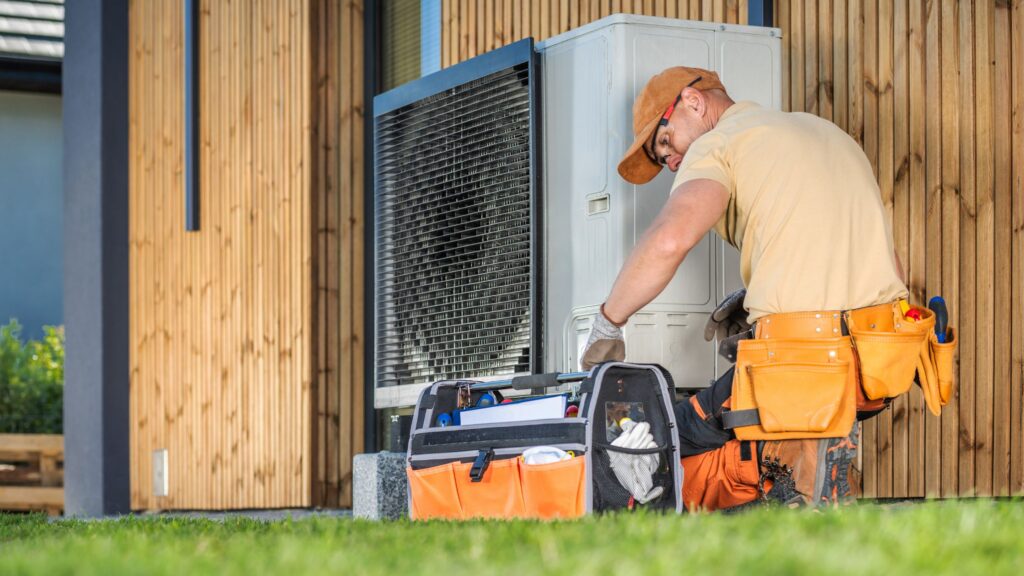
4. How to Choose the Right Radon Pump System
When choosing the right radon pump system, it’s important to look at these key factors:
A. System Performance & Capacity
Ensure the radon pump system is powerful enough to handle the size and layout of your home’s foundation as well as the type of soil beneath it. A system that matches your home’s specific conditions will work more efficiently and reduce radon levels effectively.
B. Quality of Components
Choose a system built with certified fans, durable PVC pipes, strong seals, and high-quality materials. Reliable components not only ensure long-term performance but also prevent leaks and system failures.
C. Proper Vent Pipe Layout
The vent pipe should extend above the roofline, avoiding windows, doors, or air intake points. Additionally, it should maintain the correct slope to allow any condensation to drain safely. Proper pipe placement is critical for the system’s effectiveness.
D. Certifications & Experience
Work with providers and systems certified by recognized organizations, such as NRPP in the U.S. Experienced professionals with a proven track record in radon mitigation ensure the system is installed correctly and safely.
E. Service & Maintenance Support
Confirm that the installation is done professionally and that ongoing maintenance or support is available. A system backed by reliable service helps maintain optimal performance and prevents radon from re-entering your home.
F. Warranty / Guarantee
Opt for a system that comes with a strong warranty or guarantee. This gives you confidence that the radon pump system will effectively reduce radon levels and that any issues will be addressed promptly by the provider.
5. Installation Process & Maintenance Tips
A radon pump system only works effectively when it is installed and maintained the right way. Follow these key steps and tips:
I. Conduct a professional radon test first – Use a long-term test to understand the baseline radon levels in your home.
II. Select the best suction point – Place it under the foundation or soil where negative pressure can be created for maximum efficiency.
III. Install the vent pipe and fan correctly – Ensure the pipe exits well above the roofline and away from windows or air intakes.
IV. Seal cracks and gaps – Close foundation openings and add vapor barriers where needed to block radon from entering.
V. Maintain proper pipe slope – Keep the vent pipe angled so condensation drains out smoothly.
VI. Check the fan regularly – Monitor the pump’s operation and replace the fan or worn parts when necessary.
6. How DSM Radon Helps With Pump System
Here is how DSM Radon helps homeowners and property owners with radon pump system solutions:
- Thorough Radon Testing – They carefully test radon levels to identify when a mitigation system is needed.
- Customized System Design – Their team creates fan and vent setups tailored to your home’s foundation, layout, and local building codes.
- Professional Installation – Skilled technicians install vent pipes and radon fans while sealing cracks and adding barriers to stop radon entry.
- Education & Ongoing Support – They guide homeowners on system operation, monitor performance, and recommend maintenance to keep the radon pump system effective over time.
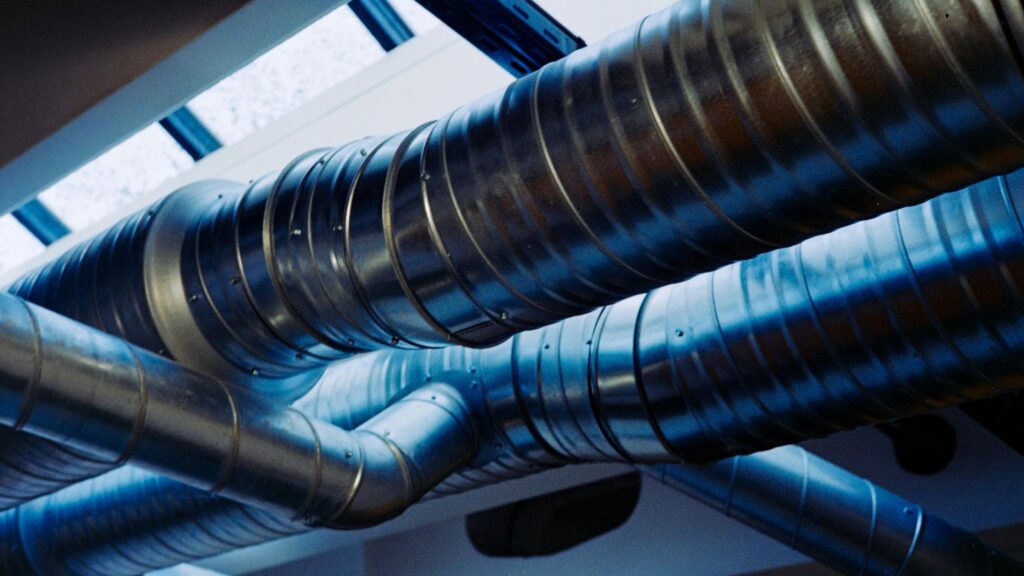
7. Conclusion
A radon pump system is a vital defense against dangerous radon gas in your home. It helps improve indoor air quality, protects your family’s health, and ensures your home meets safety standards. Choosing the right system—with the proper fan, vent piping, seals, and professional installation—provides long-term protection and peace of mind.
For expert help in testing, installing, or maintaining a radon pump system, turn to DSM Radon. They offer professional radon mitigation services for both homes and commercial properties. Learn more at DSM Radon.

